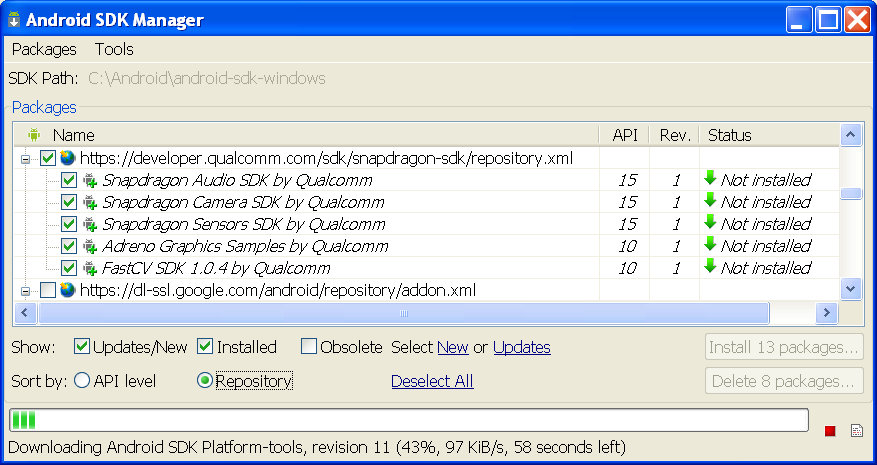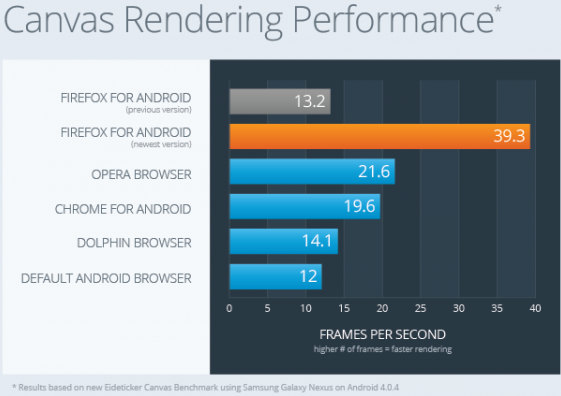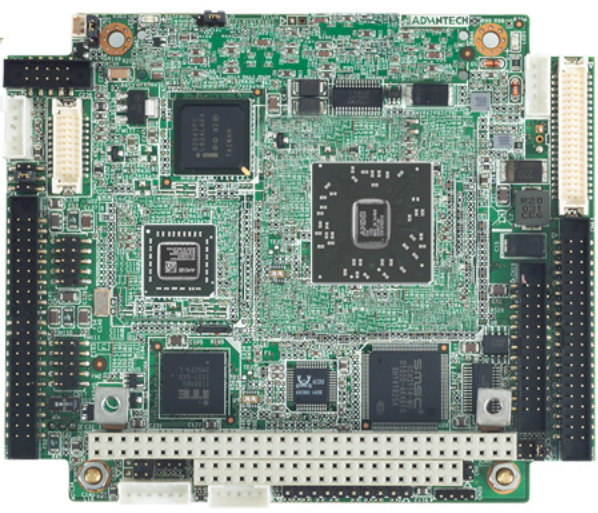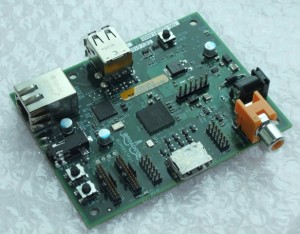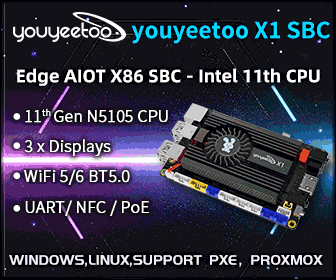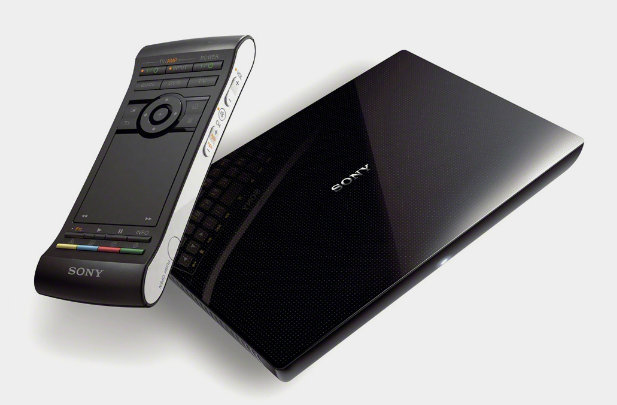Google I/O has begun, and several major announcements have been made including the release of Android 4.1 (Jelly Bean), Google Nexus 7 tablet featuring an Nvidia Tegra 3 processor and running Android 4.1, and the Google Nexus Q media player based on TI OMAP4460 processing and running Android 4.0 ICS. I’ll write about all those announcements today in three different posts. Let’s start with Android 4.1 Jelly Bean. The new version of Google’s mobile operating system includes a smoother and more responsive UI, a home screen that automatically adapts to fit your content, a better predictive keyboard, more interactive notifications, improved Android Beam (NFC) sharing, improved voice dictation (now works offline) and more. Here’s a summary of the key technical changes to Android 4.1: Faster, smoother and more responsive Vsync timing will be used for all drawing and animations to ensure a constant framerate (~62.5 fps). Triple buffering is used […]
Baanto ShadowSense Technology Enables Virtual Graffiti Drawings on Multitouch Displays
Baanto ShadowSense is a new 2D and 3D tracking technology using sensors that allow the system to determine the relative angle and as well as other characteristics of the shadow cast by an object. The system is provided as a frame with several sensors (4 typically) that you can connect via USB to your computer. It is an USB HID device, does not need drivers and support Windows XP/7, Linux and Android. This proprietary technology has the following key features: Traceability of multiple points or objects simultaneously (up to 5 points) Up to 10,000 fps. 16 MPixel resolution of shadow position. Simple algorithm that can be implement in 8-bit MCU. Low power draw. Less than $10 US per sensor. A typical configuration uses 4 sensors and plenty of small LED emitters as shown the illustration. Up to 1mm resolution of object position. No optical lenses are required The resolution is […]
Qualcomm Announces Snapdragon SDK 1.0 for Android
Qualcomm has announced the Snapdragon SDK for Android at the Uplinq 2012 developers conference, and a preview release of the SDK is now available on Qualcomm’s developer site. The full SDK will be available to device manufacturers and developers in the coming months. The Snapdragon SDK for Android enables developers to features of Snapdragon processors via Application Programming Interfaces (APIs) not otherwise available in the stock Android SDK including: Snapdragon Audio SDK (new) Snapdragon Camera SDK (new) Snapdragon Sensors SDK (new) Adreno GPU sample code for OpenGL ES FastCV SDK – Mobile-optimized Computer Vision (CV) library Supposedly, there is also IZat Location SDK, but it did not show up in the list when I tried it. At first, the SDK will only support devices build around Snapdragon S4 8960 processor, but the company expects to support future Snapdragon processors over time. The Snapdragon SDK for Android allows developers to take […]
Mozilla Releases Firefox for Android 14.0 with Improved UI and Performance
Mozilla announced Firefox for Android 14.0 on their blog yesterday. They stressed 3 key improvements: Much better performance The foundation claims they improved Firefox for Android performance in several areas, and users should notice significant performance improvements such as faster startups, smaller page load times, smoother panning & zooming and better overall Web app performance. Sunspider benchmark results are said to shows that Firefox for Android is much faster than the stock browser, but they did not provide numbers or comparison with other browsers. Instead, they developed Eideticker, a new benchmark, measuring Web experience, and they optimized Firefox for Android to it. And “Oh Surprise!”, they beat all other major Android browsers (Chrome, Opera and Dolphin) in their own benchmark. This benchmark shows that Firefox is over three times as fast as the stock browser, and nearly twice as fast as Chrome for Android on a Galaxy Nexus phone running […]
AMD Introduces AMD G-T16R G-Series APU with 2.3 Watts Power Consumption
AMD has unveiled another APU in its Embedded G-Series processor family with the AMD Embedded G-T16R, which aims to provide a more powerful (up to 3x) and less power-hungry (7% less) replacement to AMD Geode LX processors. The AMD G-T16R is targeted at very low power, small form factor and cost-sensitive embedded designs. The company claims the processor consumes about 2.3 watts on average or 4.5 watts thermal design power (TDP). This new AMD embedded processor targets industrial control, point-of-sale, medical appliance and transportation markets. As with the other G-Series platforms, the G-T16R can fit into small form factor boards by implementing a two-chip platform: APU + controller hub. AMD G-T16R is clocked at 615MHz, features a Radeon HD 6250 GPU and supports 1920×1200 resolution via VGA, single link DVI and DisplayPort 1.1a video outputs. It can also output 1080p via HDMI and LVDS. The APU supports Windows Embedded Compact […]
List of 39 Low Cost Linux Friendly Boards and Products
Dmitry (omgfire), one of my awesome readers, compiled a great tabular list of Linux friendly boards and products that sells for less than $300 US (usually less than $200). This list includes technical details such as the processor, GPU, memory, NAND flash, connectivity, ports, supported Linux distributions… as well as availability and pricing information. There are currently 39 Linux devices in total. The vast majority are ARM based boards, but he also included 2 x86 products by VIA, but those are relatively pricey ($265 and up). Here’s a summary list with SoCs used, links to blog posts and product pages (if available), as well as price information. Raspberry Pi Model B – Broadcom BCM2835 (ARM11) – Blog post (That’s my first post about the R-Pi last year, and the board is much different now) – Product page – Price: $35 + shipping Rikomagic MK802 – Allwiner A10 (Cortex A8) – […]
Sony NSZ-GS7, The 1st Google TV 2.0 Device is Now Available in the US and UK
Google announced that the 1st Google TV 2.0 device is now available for pre-order in the US and in UK for $199.99. Sony NSZ-GS7 is a set-top box based on Marvell GTV reference design, which comes with a dual-sided “magic” Bluetooth remote (NSG-MR5U). The device was first seen at CES 2012. Here are the key specifications of this media player: SoC – Marvell Armada 1500 dual core ARM processor @ 1.2 GHz with Vivante GC1000 GPU Storage – 8GB Nand Flash Connectivity: Built-in Wifi 802.11 b/g/n 100Mbit Ethernet Built-in Bluetooth Video Output – HDMI Audio Output – Optical out. HDMI supports Dolby and LPCM audio output Video codecs – H264-AVC, MPEG4-SP/-AAC/-HE, MPEG-1/2, MPEG4, H.263, WMV, Vorbis, Xvid… Video containers – 3gp/3g2/3gp9, AVI, FLV, MKV, MOV, MPEG TS/PS, mp4/m4a, MVC, ogg, wmv/asf… Picture formats – bmp, gif, jpeg, mpo and png Audio formats – AAC, AC3, LPCM/WAV, MDI, MP3 and WMA […]
Motomic Butterfly Media Grid Renders Pictures and Videos on Freescale Kinetis K70 Cortex-M4 MCU
Motomic has officially announced Butterfly Media Grid, the first media player for Cortex M4 micro-controllers. The software currently runs on Freescale MQX Real-Time Operating System, and can display pictures and logos, as well as play videos on micro-controllers such as the Freescale Kinetis K70 MCU. Here are Media Grid key features: Display images, logos and videos Configure from full screen to grids up to 10×10 Rotate content Configure to optimize performance Display at resolutions up to HD Update over a network. Media Grid is available as a standalone application, and an SDK is also provided in order to embed the technology in custom applications using C, C++ or Qt interfaces. Since the media can be updated over the network, Media Grid is actually similar to a simple digital signage player for low end hardware. Motomic showcased the Media Grid at Design West, in March 2012, and only recently uploaded a […]





